
by Lorri | Jul 1, 2020 | UnCorked
I always like to imagine what wine our Founding Fathers were toasting with just after the signing of the Declaration of Independence. A bubbly sparkling wine from California’s Carneros region? A light aromatic Oregon pinot gris or a robust full-bodied Napa Cabernet Sauvignon? Well, it was none of those. They were toasting with Madeira. I am all for a wonderful glass of this high-alcohol, full-bodied fortified wine around the Christmas tree but not on one of our state’s hottest days of the year.
The United States is home to more than 3,000 commercial vineyards with at least one winery in each of the 50 states. That is a lot of options for your celebratory toast. To narrow it down, I’ve focused this week’s recommendations on wines from California, Washington and Oregon, which make up over 90% of American wine production.
So, let’s raise a glass and toast our history and accomplishments with a few of these American-made bottles and celebrate our great country.
THE VALUES
2018 Sean Minor 4 Bears Chardonnay, California (about $12)
2018 Cline Ancient Vines Zinfandel, California (about $15)
2018 Lapis Luna Chardonnay, California (about $15)
2018 Underwood Pinot Noir, Oregon (about $13)
2018 Kings Ridge Oregon Pinot Gris, Oregon (about $13)
2018 Acrobat Pinot Gris, Oregon (about $14)
2018 Prophecy Red Blend, Washington (about $14)
2018 Columbia Crest Two Vines Merlot, Washington (about $10)
2018 Chateau Ste. Michelle Riesling, Washington (about $12)
THE SPLURGES
2018 Bell Cabernet Sauvignon Napa Claret, California (about $45)
2018 Presqu’ile Santa Barbara Pinot Noir, California (about $22)
2018 Reynolds Family Persistence Red, California (about $54)
2018 A to Z Oregon Chardonnay, Oregon (about $19)
2018 Joel Gott Pinot Noir, Oregon (about $18)
2018 Willamette Valley Vineyards Estate Pinot Noir, Oregon (about $37)
2018 Anne Amie Pinot Gris, Oregon (about $16)
2018 Elouan Oregon Rose, Oregon (about $23)
2018 Maison Noir Horseshoes & Handgrenades, Washington (about $19)
2018 Spoken Barrel Cabernet Sauvignon, Washington (about $22)
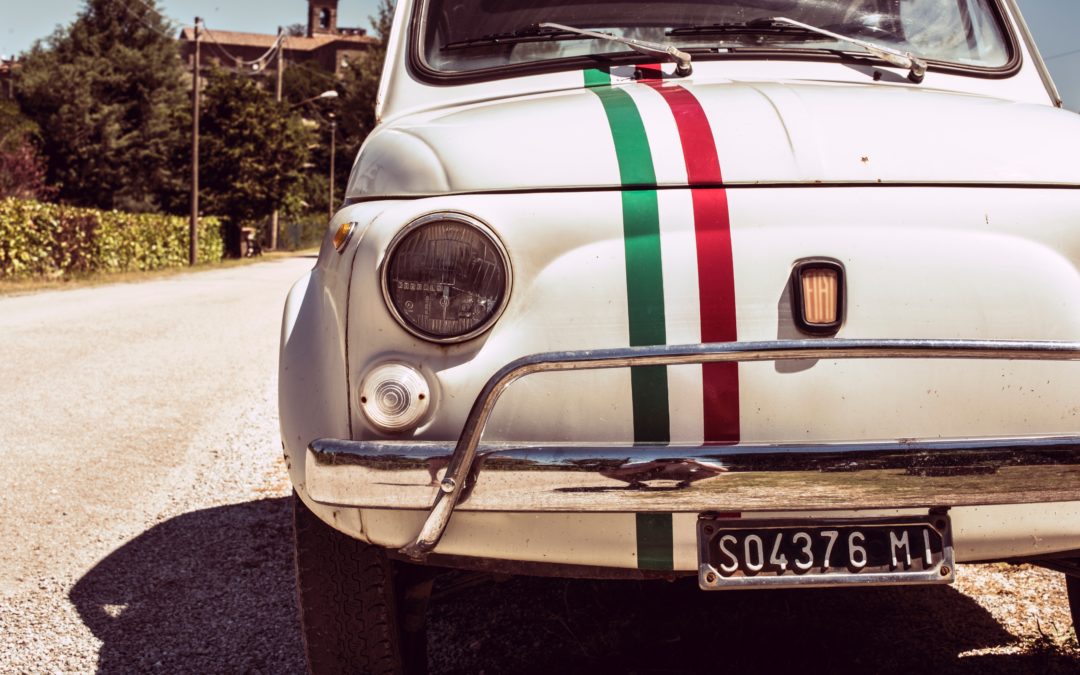
by Lorri | Jun 24, 2020 | UnCorked
You most likely have read one of my “wine label lessons” when reading this column. Wine labels, especially those in other languages, can be quite confusing until you know what they mean.
Many consumers shy away from bottles with appellation information simply because these labels can be difficult to understand. Easy to understand equals safe to buy for many shoppers. But what if you knew just enough more to not be intimated by these labels?
Over the next several months, let’s review some of the most extraordinary wines in the world that are possibly being ignored because of a lack of consumer confidence.
Here is your confidence lesson for Italian labels (“homework” included).
We can start with all the confusing letters; DOCG, DOC, IGT, VdT. That’s a lot of letters to muddle through in understanding Italian wines. It’s much simpler if you start by thinking of these as a guide to quality but realize one category includes exemptions.
DOCG
DOCG, which stands for Denominazione di Origine Controllata e Garantita is the highest tier for Italian classifications. It has the most restrictive quality controls for production including low yields, longer barrel aging and strict geographical boundaries. There are 77 DOCGs across Italy. All wines labeled DOCG undergo testing by a government-approved panel.
DOC
DOC, short for Denominazione di Origine Controllata, make up the bulk of Italian wines. These wines, while numerous, are still strictly regulated. Some rules are the same as DOCG with geographical boundaries, production and winemaking rules. There are about 330 DOCs in Italy.
IGT
At one time Indicazione Geografica Tipica was just another tier in the quality levels of Italian labels, just above basic table wines (Vino da Tavalo or VdT) and just under the DOC. But today this tier isn’t as straightforward as that. As the name implies, this tier includes “wines that are typical of a region,” but it also includes not-so-typical wines. In the 1960s a group of producers began experimenting with nonindigenous grapes such as cabernet sauvignon and merlot. These grapes were not permitted in upper-tier wines, but they were allowed in wines labeled “table wine.” These wines were exceptionally produced bottles, but were forced to be considered the lower end of the quality tier.
These wines were known as “Super Tuscans” and today can be labeled under the IGT. This is the reasoning behind the diverse range in prices you will find in this category.
This week’s recommendations span the three tiers and include a very rare and pricey curveball IGT in the lineup.
DOCG
THE VALUE
2018 Da Vinci Chianti DOCG, Italy (about $12)
THE SPLURGE
2018 La Spinetta Vigneto Bordini, Barbaresco DOCG, Italy (about $65)
DOC
THE VALUE
2018 La Gioiosa Prosecco DOC, Italy (about $11)
THE SPLURGE
2018 Palazzo Maffei Valpolicella DOC, Italy ($19)
IGT
THE VALUE
2018 Castello Del Poggio IGT Moscato, Italy (about $14)
THE SPLURGE
2005 Villa Antinori Solaia, Italy (about $300)
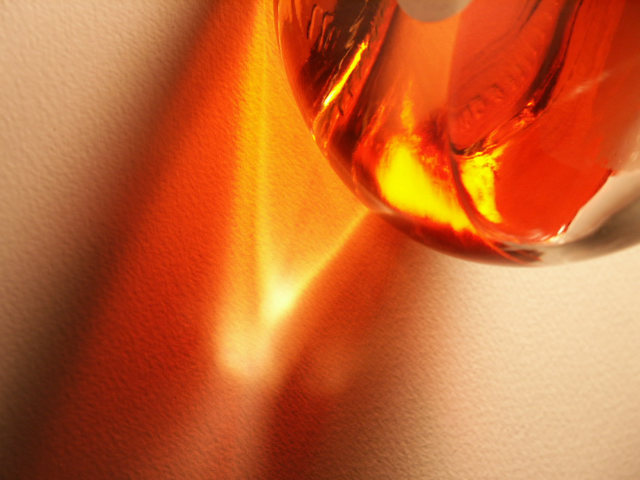
by Lorri | Jun 10, 2020 | UnCorked
Let’s be honest, every day is a rose day. Those lazy pool-side afternoons, the exceptional food pairings or those lawn chair sunsets, it’s easy to celebrate this pink-hued refreshing wonder. We already know we don’t need a special occasion to open a bottle of rose but as with all things needing to be commemorated, it deserves an official day to shine. This Saturday is National Rose Day and another reason to celebrate this blushing gem. (National Rose Day is held every year on the second Saturday in June.)
I feel I can take a small amount of credit for this “National” celebration of rose. I have been campaigning, promoting and even debating the declaration of my adoration for rose for years. I knew it would be a matter of time before the rest of the world joined in this celebration.There are many different styles of rose — ranging from bone dry, semi-sweet to lusciously sweet. A style many only consider for special occasions (and not necessary) is sparkling rose.
Rose sparkling wines are not only fun and refreshing but they can be a very serious style of wine. They are made using the same methods as most Champagne and sparkling wines but usually with different grapes giving the ending style. These wines can be made from any grape but it’s the red grapes giving the rose color in the glass. This can range in style from robust powerful shiraz rose to a more delicate expression from pinot noirs.
To make your National Rose Day celebration tasting and exploring as thorough as possible, this week’s column offers many price ranges from budget-friendly values to the top-of-the-line splurges.
THE VALUES
NV Casas del Mar Sparkling Rose, Spain (about $14)
NV Domaine Ste. Michelle Sparkling Brut Rose, Washington (about $16)
NV Korbel Brut Rose, California (about $15)
NV Gouguenheim Malbec Extra Brut Rose, Argentina (about $12)
NV Ruffino Sparkling Rose, California (about $15)
NV McBride Sisters Brut Rose, California (about $16)
NV Barefoot Bubbly Brut Rose, California (about $13)
NV Francis Ford Coppola Sofia Brut Rose, California (about $18)
NV Piper Sonoma Brut Rose, California (about $18)
NV Underwood Rose Bubbles, Oregon (about $14)
THE SPLURGES
NV Bouvet Rose Excellence Sparkling, France (about $19)
NV Domaine Carneros Cuvee De La Pompadour Brut Rose, California (about $39)
NV Scharffenberger Brut Rose, California 9about $24)
NV Amelia Brut Rose, France (about $22)
NV Veuve Clicquot Brut Rose, France (about $88)
NV Albert Bichot Cremant De Bourgogne Brut Rose, France (about $21)
NV Freixenet Italian Sparkling Rose, Italy (about $22)
NV Gloria Ferrer Brut Rose Sparkling, California (about $27)
NV J Winery Brut Rose Sparkling, California (about $41)
NV Mumm Napa Brut Rose, California (about $29)
NV Laurent Perrier Brut Rose, France (about $95)
NV Moet and Chandon Rose Imperial, France (about $70)
NV Ruinart Champagne Brut Rose, France (about $105)
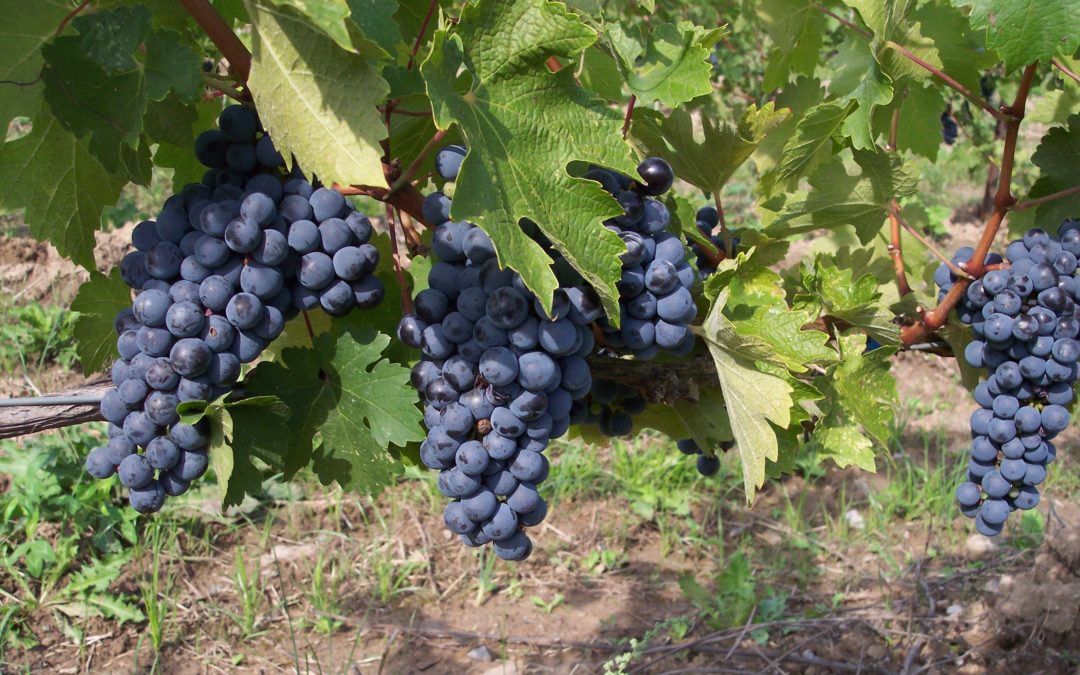
by Lorri | Aug 7, 2019 | UnCorked
When most of us think of the most planted grapes (in terms of acreage) we tend to think chardonnay and cabernet sauvignon. It makes sense considering our local retail shelves are lined with these well-known grape varietals.
So it may surprise you to learn some of the top grapes grown in the world are some you may not have even heard of.
Cabernet sauvignon, as expected, tops the list with about 710,000 acres and merlot a close second with 660,000 acres worldwide. These grape varietals are the backbone of blends around the world and stars in their own right.
It’s the unsuspected Airen grape with around 620,000 acres that most are not familiar with. Many wine drinkers find this an interesting statistic considering many have not ever had a glass of this grape or even heard its mention. It’s almost an unknown grape varietal outside of its home in Spain. The vines are planted at very low density and resistant to long stretches of drought making it ideal in the vast hot areas of Spain.
Airen is not the winemaker’s ideal grape with its many seeds and other undesirable traits but it serves a purpose in other ways than your next glass of wine. The juice of the grape is mostly fermented and distilled for brandy and fortified wines. The seeds are pressed for grapeseed oil. There has been a decline in the planting of this grape (at one time holding the prestigious first place in world plantings) to the more globally popular tempranillo grape. With its generally straightforward simple profile wines from this grape are uncommon outside Spain, where you’re most likely to encounter it as a refreshing white wine in local restaurants.
Tempranillo, with around 570,000 acres, is another unexpected grape at the top of the most-planted list. Its origins are also in Spain, but this grape can be found elsewhere including South America and Texas. When this grape is young it has a fresh fruity profile unique to most red wines. But as it ages with oak influence it takes on a tobacco, dusty leather flavor serious wine lovers seek out.
THE VALUE
- 2019 Toro Loco Tempranillo, Spain (about $11 retail)
THE SPLURGE
- 2018 Volver La Mancha Tempranillo, Spain (about $20 retail)
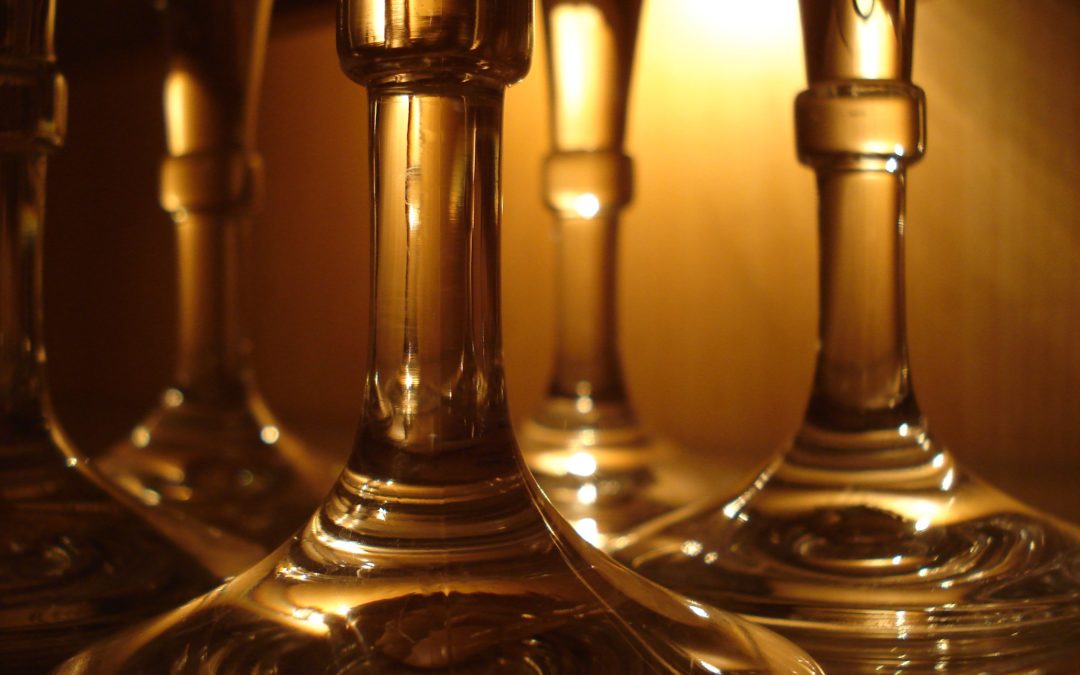
by Lorri | Jul 24, 2019 | UnCorked
I am among the first to stand up for a grape for not getting the attention it deserves as well as for those grapes assigned an undeserved reputation.
It seems it is time for me to speak up for chardonnay.
Chardonnay continues to receive mixed reviews from those loving this enduring grape and from those self-professed ABC (Anything But Chardonnay) members.
Chardonnay is one of the most versatile grapes planted in the world. Growers love chardonnay’s easy-going ability to be grown in almost any conditions while marketers love this familiar grape’s almost universal appeal to consumers.
But not all chardonnay is alike.
Chardonnay grown in cool climates tend to be dry with a range of green fruits, citrus and refreshing bright acidity. Warmer regions produce richer wines that taste of peach, melon, tropical fruit. And there is a noticeable difference in higher alcohol styles. Aging in oak can impart a vanilla, toasty flavor while malolactic fermentation is used to soften the wine’s acidity and can result in flavors reminiscent of movie theater popcorn.
Now is a good time to re-group, re-taste and understand this grape has a world of styles to explore and savor.
France offers numerous styles of chardonnay usually identified by geography and not grape. Some of the most perfect expressions of chardonnay can be found in Chablis, Meursault, Puligny-Montrachet, Macon and Pouilly-Fuisse.
California chardonnays are perhaps the most confusing. The range swings immensely depending on the location and winemaker style. Chardonnay from Sonoma, Napa, Russian River and Carneros can range from full bodied buttery bombs to lean, crisp savory styles depending on the producer.
Most Chilean chardonnays will taste of melon and banana with an added zest of acidity. Regions to explore are Central and Casablanca valleys.
THE VALUE
- 2018 Cono Sur Chardonnay, Chile (about $13 retail)
THE SPLURGE
- 2018 Louis Jadot Macon, France (about $17 retail)
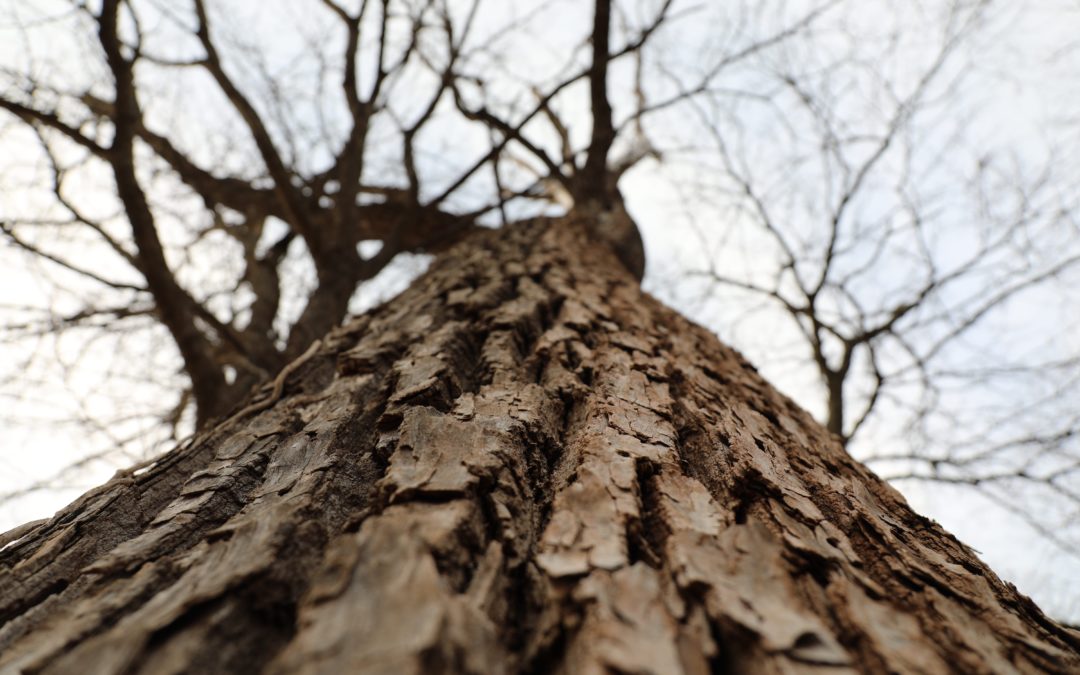
by Lorri | Jul 17, 2019 | UnCorked
Rot is not something most of us associate with sought-after wine. But some of the world’s most desired wines are the result of rot. This rot is botrytis or “noble rot.” It’s a fungus that causes grapes to decay and shrivel.
Noble rot is a type of Ascomycota in the Fungi kingdom. As odd as it may seem this is the same Ascomycota associated with blue cheeses, the antibiotic penicillin and even athlete’s foot. It’s also the same rot that spoils strawberries and soft fruit with its grayish fuzz.
Winemakers have struggled for centuries to control mold (fungus) growth in vineyards and cellars. Powdery mildew, cork taint and the dark mold seen on some cellar walls are just a few of the fungal nemesis winemakers face.
So what gives botrytis the prestigious title of “noble” when it comes to grapes?
In order for noble rot to occur there must be a fine balance of moisture, sunlight and temperature. Under ideal conditions, ripe, healthy grapes hang on the vine when fall rolls around. A misty morning provides the moisture the fungi need to thrive. The fungi pierce the grapes and begin feeding on the water in their juices. Next the sun shines upon these grapes just long enough to evaporate the moisture and stop the botrytis from feeding. The following morning the cycle repeats itself. It’s this succession of misty mornings and dry sunny days that provides the perfect conditions for these grapes’ sugars, acids and flavors to concentrate in the grape while the fungi consume the water. The resulting wines are intensely concentrated, sweet and complex.
The process is risky for winemakers. They must choose between harvesting the grapes as soon as they are ripened for a guaranteed, but less prized wine or wait for the precise moment the rot occurs and hope the ideal conditions are met throughout the process. Wait too long and the grapes are no longer viable for winemaking, and too much rain can turn this delicate interaction of nature into a full vineyard rot. Growers can lose their entire crop if this dance is not precise. Complicating things more is the picking of these “rotted” grapes must be done by hand, one grape at a time, sometimes over the course of several days.
So, as you treasure the “liquid gold” of these sweet wines consider the divine process of nature having to occur in order for you to savor your glass of wine.
THE VALUE
- 2016 Chateau Hallet Sauternes, France 375 mL (about $21 retail)
THE SPLURGE
- 2016 Chateau Les Justices Sauternes, France 375 mL (about $36 retail)
Page 1 of 8512345...102030...»Last »





